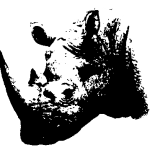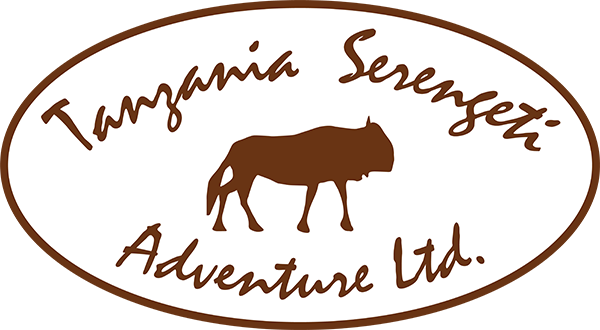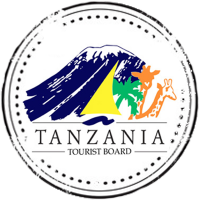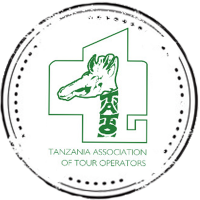A Volcanic Gift...
Location & History
Some 2.5 million years ago it was once a volcano, but as a result of a massive eruption a beautiful
600 meter crater (caldera) was born. From that accompanied the formation of the Rift Valley.
The crater has become the world’s largest unbroken and unflooded caldera. In addition, the
conservation area displays one of the most important discoveries to man. In 1921 Ngorongoro
became a heavily protected Game Reserve, prohibiting hunting and cultivation. To this day,
well trained rangers protect the areas to stop indiscriminate poaching and illegal exportation
of wildlife.
Ngorongoro Crater
One of Tanzania’s wonders and safe havens for wildlife. A natural amphitheater for wildlife
spectacle and landscape enthusiasts. Ngorongoro Crater is where you’ll witness storybook
scenery and encounter the Big Five on the prowl: lions, leopards, elephants, African
buffaloes and black rhinos. Meanwhile, when viewed from the crater rim wildlife below are
blur of specks. While seen above the crater, Tanzania’s bird life is well alive circling in a
fluid formation.
Quick Fact : Ngorongoro also has two other volcanic craters: Olmoti the former famous
for its stunning waterfalls, and Empakai the latter holding a deep lake and lush, green walls.
Odlupai Gorge
Located on the edge of Salei Plains lies Oldupai Gorge rock strata known to be the “cradle of
mankind”. A treasure trove of archaeological discoveries where the remains of animals and
humans date back almost 2 million years ago! In the 1930’s an incredible exploration was made
by Louis Leakey and his wife. To this day, their discovery seal our understanding that Africa is
indeed the birth place of mankind. Along with symbolizes our historical existence in this world
and how we partake in it in which continues to baffle humankind.
Lake Ndutu and Lake Masek
Lake Ndutu and Masek and the heart of North Ngorongoro Area bordering South Serengeti.
Theseshallow basins are extremely saline. Lake Ndutu becomes alive during the calving period
between December and May, depending on the rains. Throughout the period Ndutu woodlands
and the Short Grass Plains of the Serengeti are surrounded by vibrant wildlife and the joy of
the young.
“He who wanders around by day a lot, learns a lot”
Best times:
All year round




